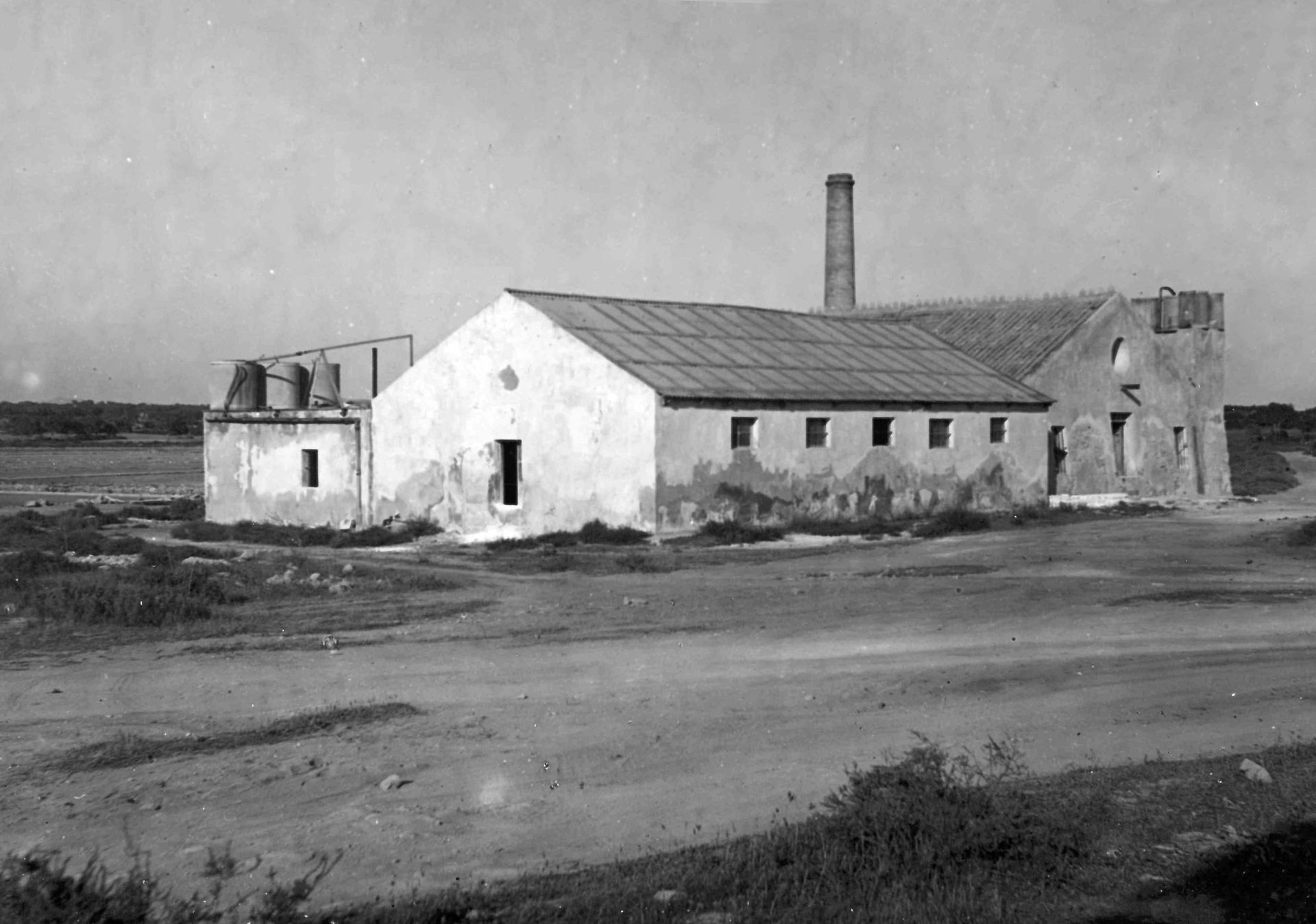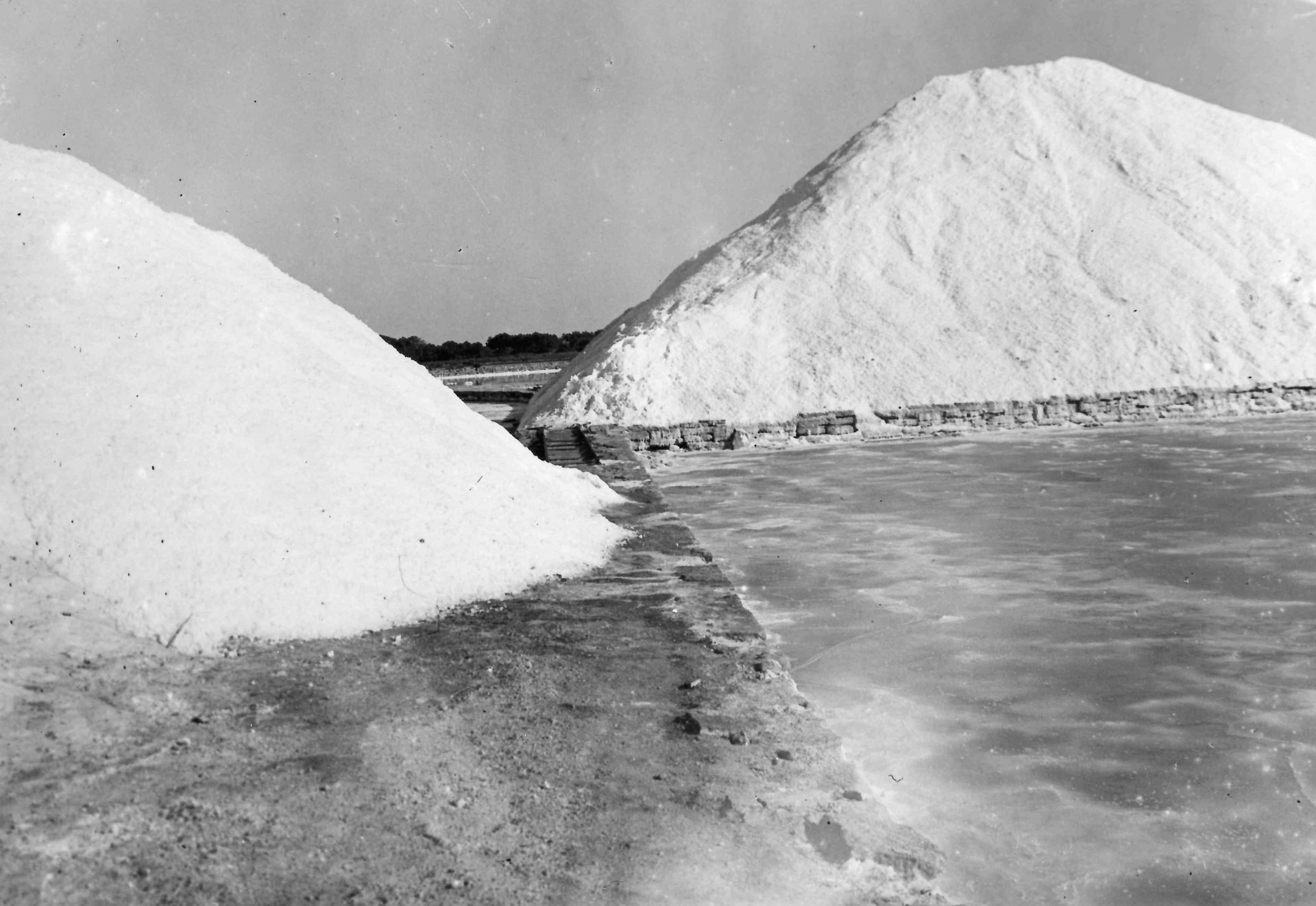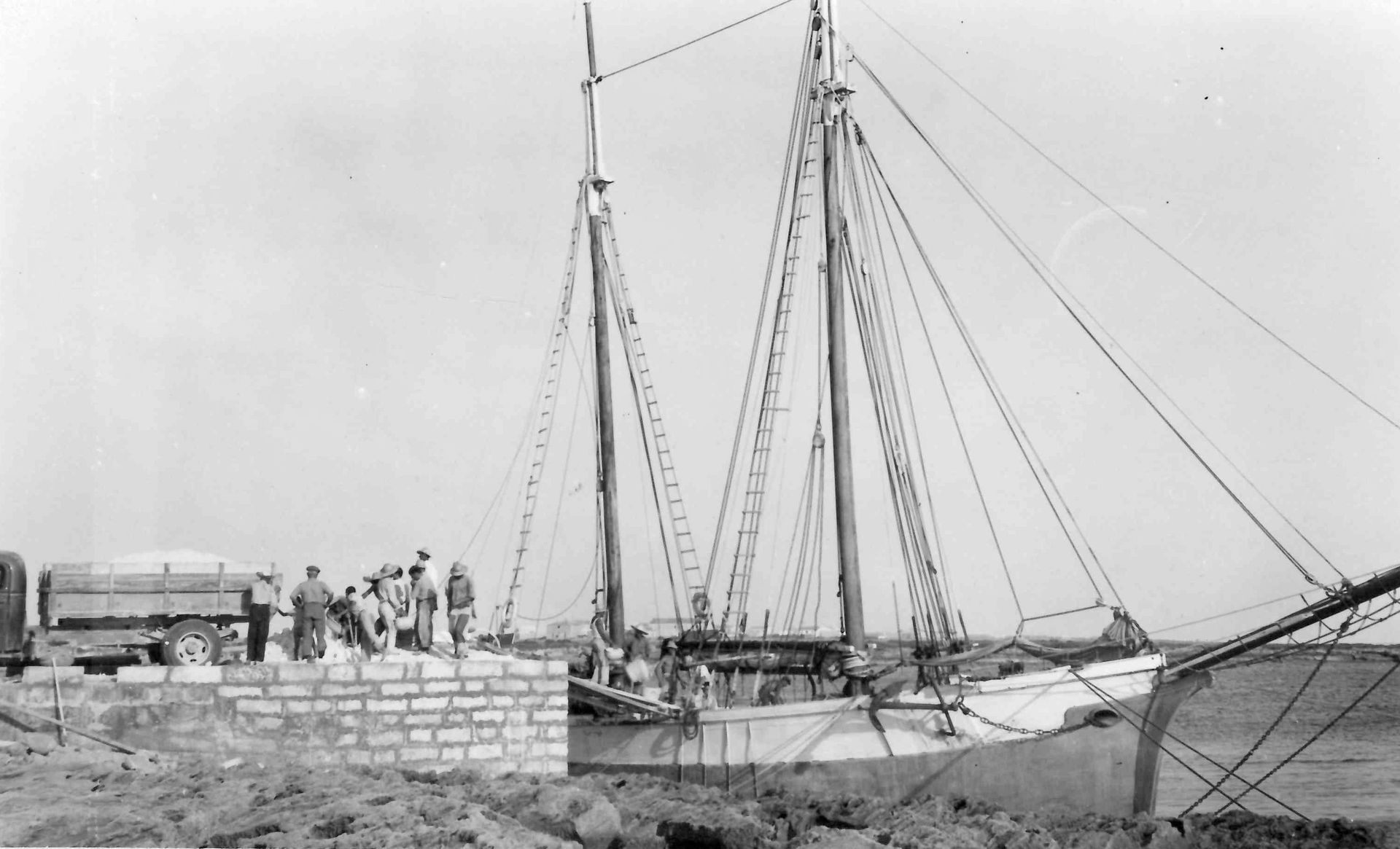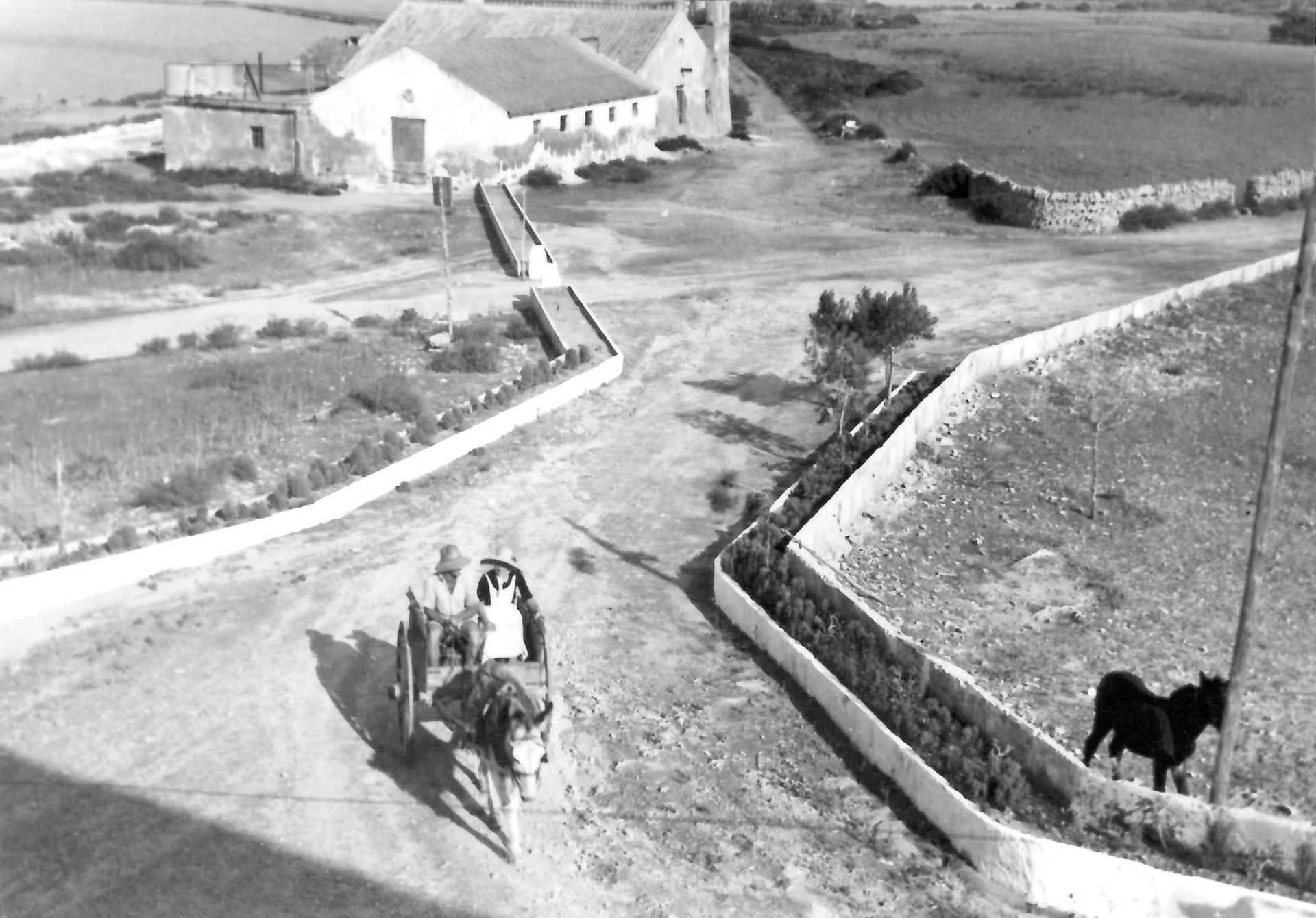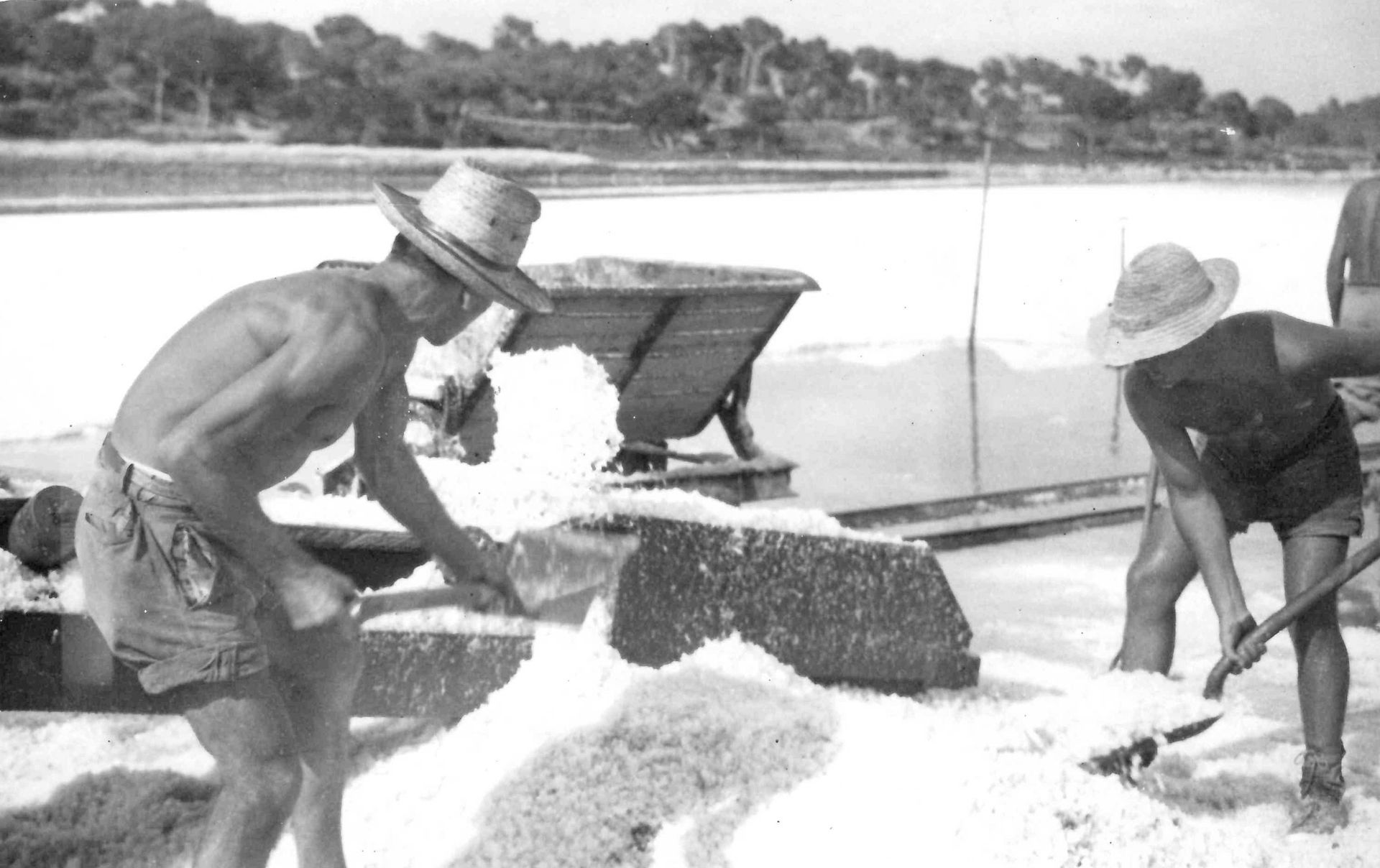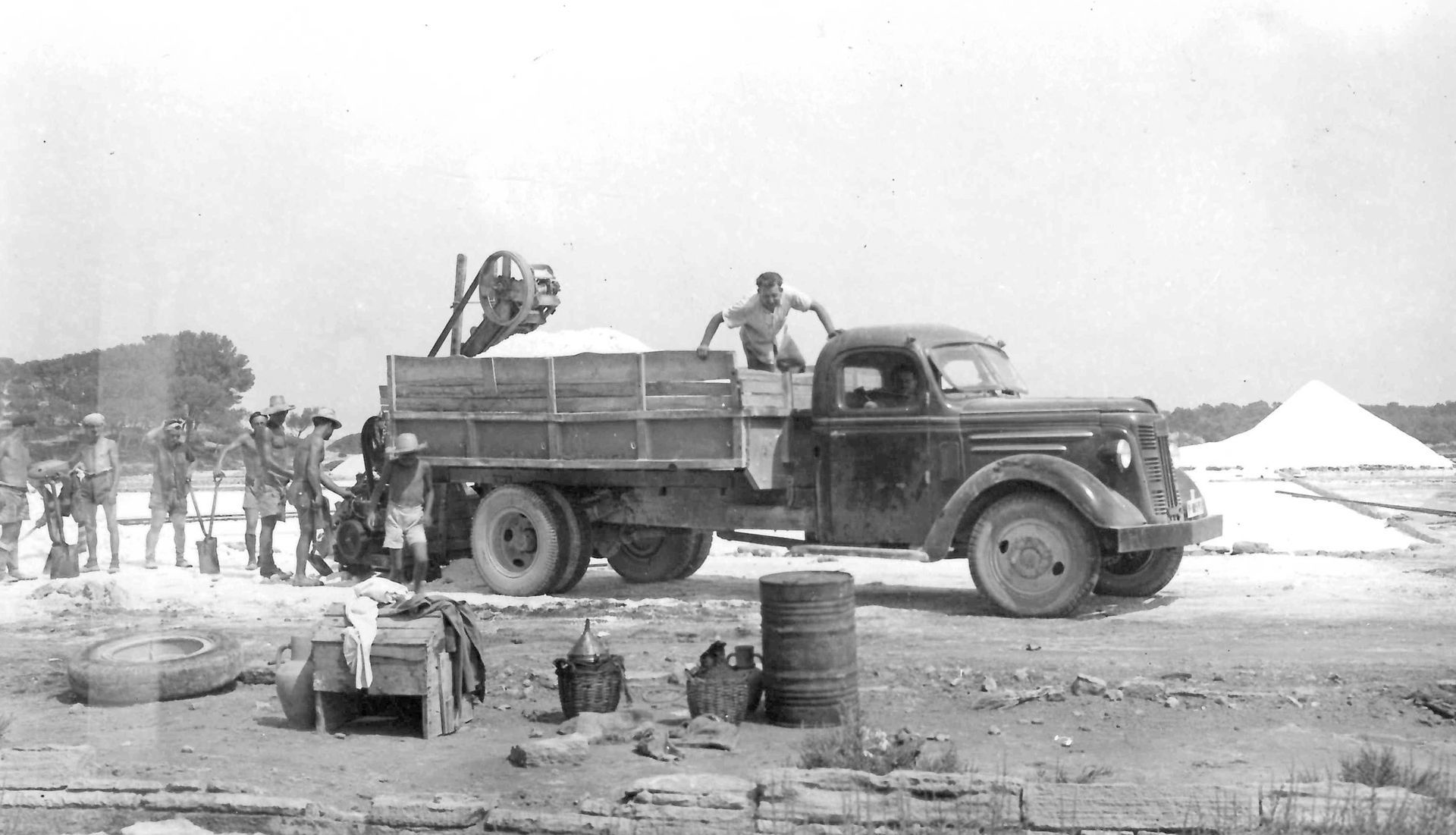History
In the year 123 BC the island of Majorca was conquered by Roman troops under the command of Cecilio Metellus. The few documentary references on the conquest and the discovery of some Roman remains in the urban center of Ses Salines have allowed some historians to formulate hypotheses that link the arrival of Cecilio Metelo to the island with the southern coast of Majorca (Guerrero , 1987) and linking it to the exploitation of the S'Avall salt flats.
Salt mining continued and grew considerably during the period of Roman occupation. Several works have highlighted that, in Roman times, as in the period of Punic domination, salt was a state monopoly that was exploited through leasing and that it continued throughout the period of Roman occupation, specifically until the 6th century AD Everything seems to indicate that, during this period, there was a salt camp in the area of Colonia de Sant Jordi which, together with the salt mines of Ibiza and Formentera, covered the local needs for human, animal and canned consumption.
After the period of Islamic domination of the island of Majorca, the Christian conquest led by King Jaume I took place in 1229. The documentation generated in the years immediately after this conquest allows us to state that, during the period of Muslim occupation, the exploitation de las salinas continued, although the manner in which it was carried out is unknown.
After the distribution of the island, the s'Avall salt mines corresponded to the king, who kept the property until October 24, 1255, when he ceded them to Arnau de Cruilles. Subsequently, the property became the property of the Torrella family and, in 1332, it was acquired by the Dezcallar family, which still preserves it today. As previously stated, the salt mines were included within the territory of the S'Avall property, to which it gave the name by which it is known today. Two plans, one from the 16th century and the other from the 17th century, are the oldest surviving graphic representations of its existence.

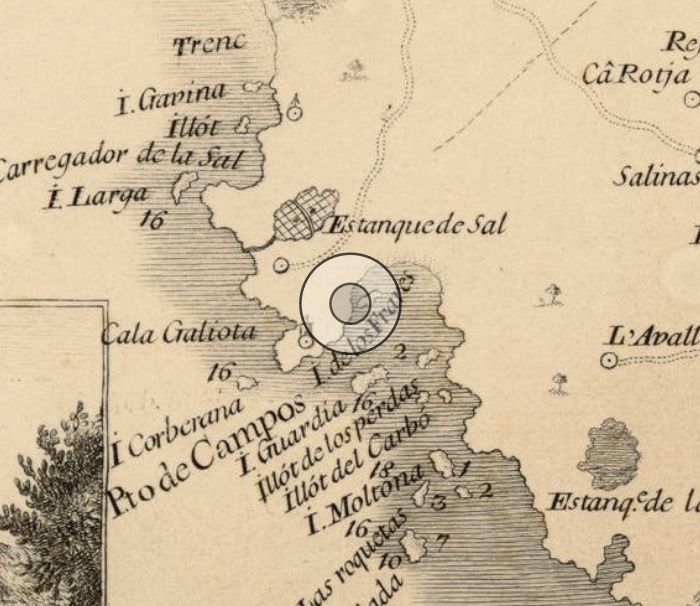
Since the Dezcallar family took ownership of the salt flats and today, almost 700 years have passed during which the exploitation of this resource has gone through different vicissitudes. In general and taking as a reference how they were exploited, this period can be divided into three sub-periods.
During this period, a small oratory, a fortified house to defend against robbers and other infrastructure were built.
The first ended in the year 1716 and is characterized by the fact that the Dezcallar family retained ownership and management of the salt pans, exploiting them directly or through lease.
Two documents from the end of the 16th century show that the S'Avall salt pans were the only ones on the island that at that time were dedicated to the exploitation of salt. One of them is the cadastre of 1578, the first fiscal document in which all the properties on the island are described, one of them being the S'Avall property of Jeroni Dezcallar and "the salt pond". The other is a testimony of Guillem Dezcallar from the year 1591 in which he stated that he was the owner of the S'Avall property that had salt pans "that are unique in the present island and Kingdom of Mallorca", where it is customary to extract salt from the 'summer' (Rosselló Vaquer, 2000:142).
During this period, different representatives of the Dezcallar family sued with the local and royal authority for control of this precious product, this family maintaining control of the salt pans almost permanently.
The second period covers between the years 1716 and 1856, and was characterized by the fact that the administration of the salt pans was in the hands of the local and royal authority, which had to pay the Dezcallar family a certain amount of money annually for exploitation.
During this period, a small oratory, a fortified house to defend against robbers and other infrastructure were built.
The detailed description of the scholar Jeroni Berard (1789:166) allows us to know what the place was like in the year 1789: “Three quarters beyond this place, is the pond where salt is made. It is immediate to the sea in a sandy place and among pine trees. There is a warehouse or house for the administrator and the guards that is surrounded by white walls, with four angles as a fortress and further inside you can see the pond with its square figure of more than 10 quarters with a low shore as a safareig or cistern and one or two spans of sea water that is introduced by an angularly directed ditch into the raft or pond in the spring and closes its communication with a board.
As this does not curdle in salt without fresh water, in case it does not rain, it has a waterwheel at its end and another in the center, through which a road passes for when the salt is taken to the loader. The same scholar describes the old loading dock where the salt that was transported to Palma was deposited, indicating that it was already within the municipality of Campos: “it contains nothing more than a small calucho in a peña tajada, made expressly for the precise space that it can occupy a transport ship, and on it there is a platform with four straight beams to support the carrucha, and this comes just like the floor of a large threshing floor where you can see three or four long and angular piles of salt more than twenty spans high. in the manner of wheat garberas[...] and from the same stage they throw it onto the ship. Next to this there is a small house for the guard and everything is half a quarter of a league away from the pond”.
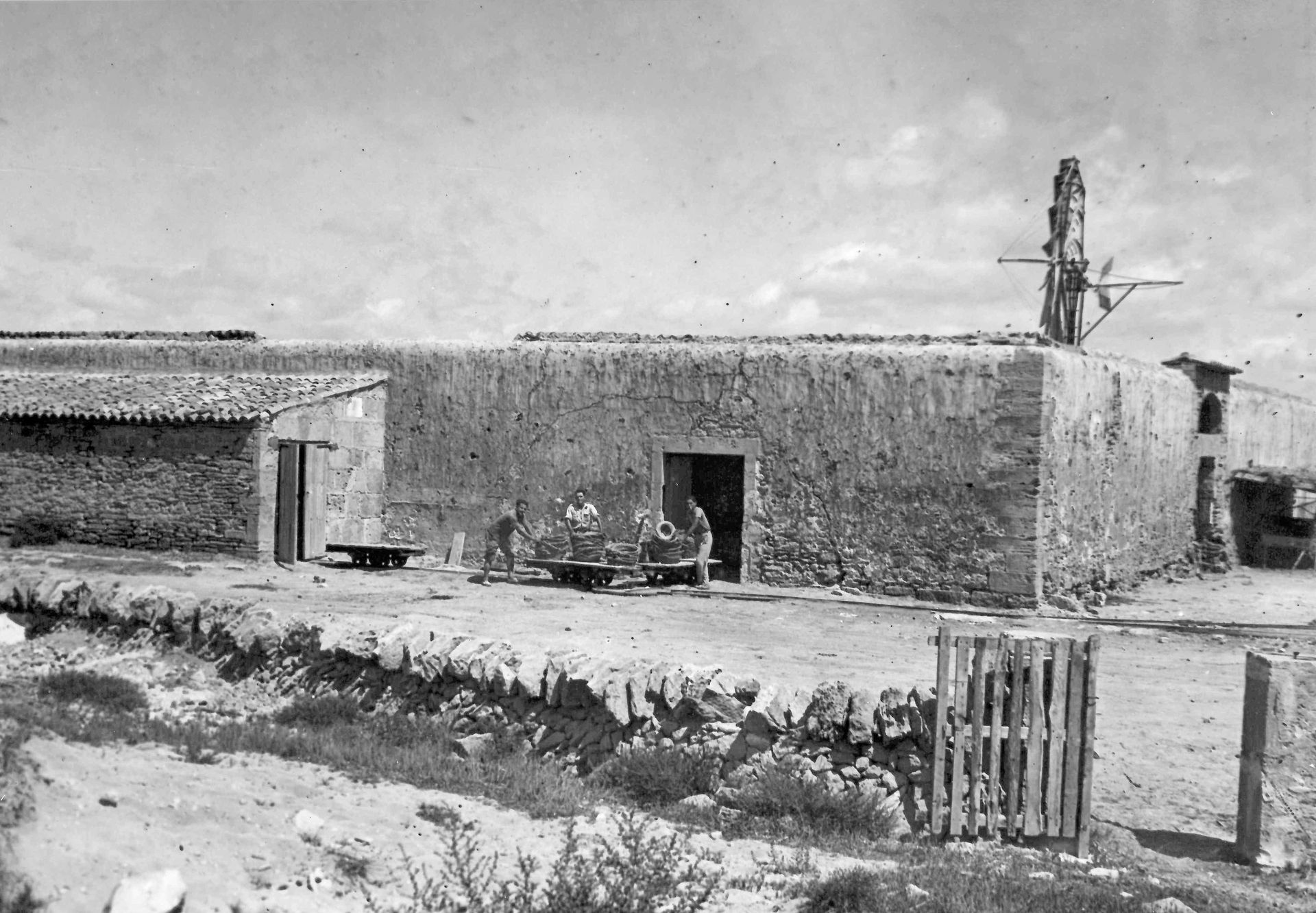
During the first half of the 19th century, the facilities of the place were improved with the construction of a house surrounded by a wall of loopholes to protect the salt and prevent theft by thieves and a mill where the salt was refined (Rosselló Vaquer , 1964:452). A decree of the month of May 1869 approved the unwatering of the salt mines in all of Spain, except those of Torrevieja. Among other provisions, the ownership and exploitation of the salt mines was returned to the former owners. Thus began a period that continues to this day, during which the Dezcallar family has exploited the S'Avall salt flats.

As usual, a description of the place at that time was provided by the Archduke Luís Salvador in his study of the Majorcan coast. The aristocrat described some elements related to the exploitation and trade of salt from the S'Avall salt pans: “Then you come across the windmills and you can see the houses of Ses Salinas. The coast forms the inlet of Carregador, which has a rocky, flat and elongated islet in front of it, called Illa Llarga, […]. It is a mansion with holes in its lower part; It has deposits made with pine branches, on whose planks the salt is piled up, which, later, will be easily poured into the hold of the loaded feluccas. Everything is surrounded by a wall and the floor is tiled […]. Beyond a large house, you can see the extensive ponds where the salt from the sea is used.
Since then, the salt flats have been exploited by the Dezcallar family. Some considerable improvements were made to the property during this period. Thus, around the year 1920, the mother liquor was used to produce magnesium carbonate in industrial buildings known as the magnesium factory.
Testimonies from that time indicate that there was a small railway line one kilometer long, which allowed the salt to be transferred from the ponds to the mill and loading area. Later, between 1930 and 1952, the property leased the salt flats of S 'Avall to the Spanish Salinera company. During this period, a railway line one kilometer long was built that allowed the transport of salt from the salt ponds and the loading dock. Some testimonies from the central years of the 20th century allow us to know some aspects of the exploitation of salt, which has followed the traditional method until today. For the movement of the waters from one pond to another, to clean them, fill them, etc… they used waterwheels in the past, later a mill was used that still exists and is used, together with an old hydraulic wheel, to evacuate the mother liquor ”.
The S'Avall salt pans are, in short, one of those rare examples of the survival of an ancient industrial activity that has been operating uninterruptedly and with the oscillations typical of each era, for some 2,500 years, that is, one of the oldest salt pans. ancient of Europe.
